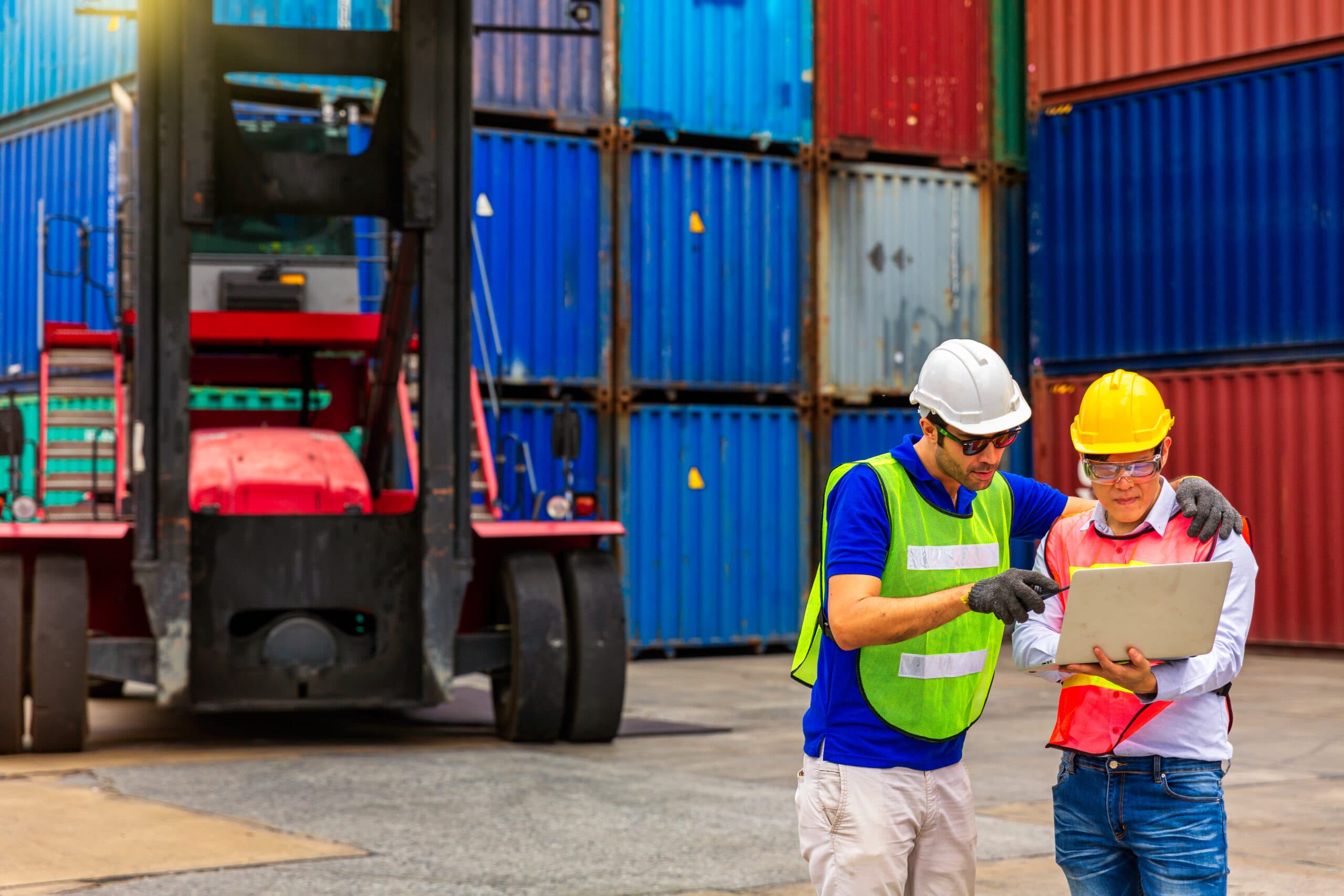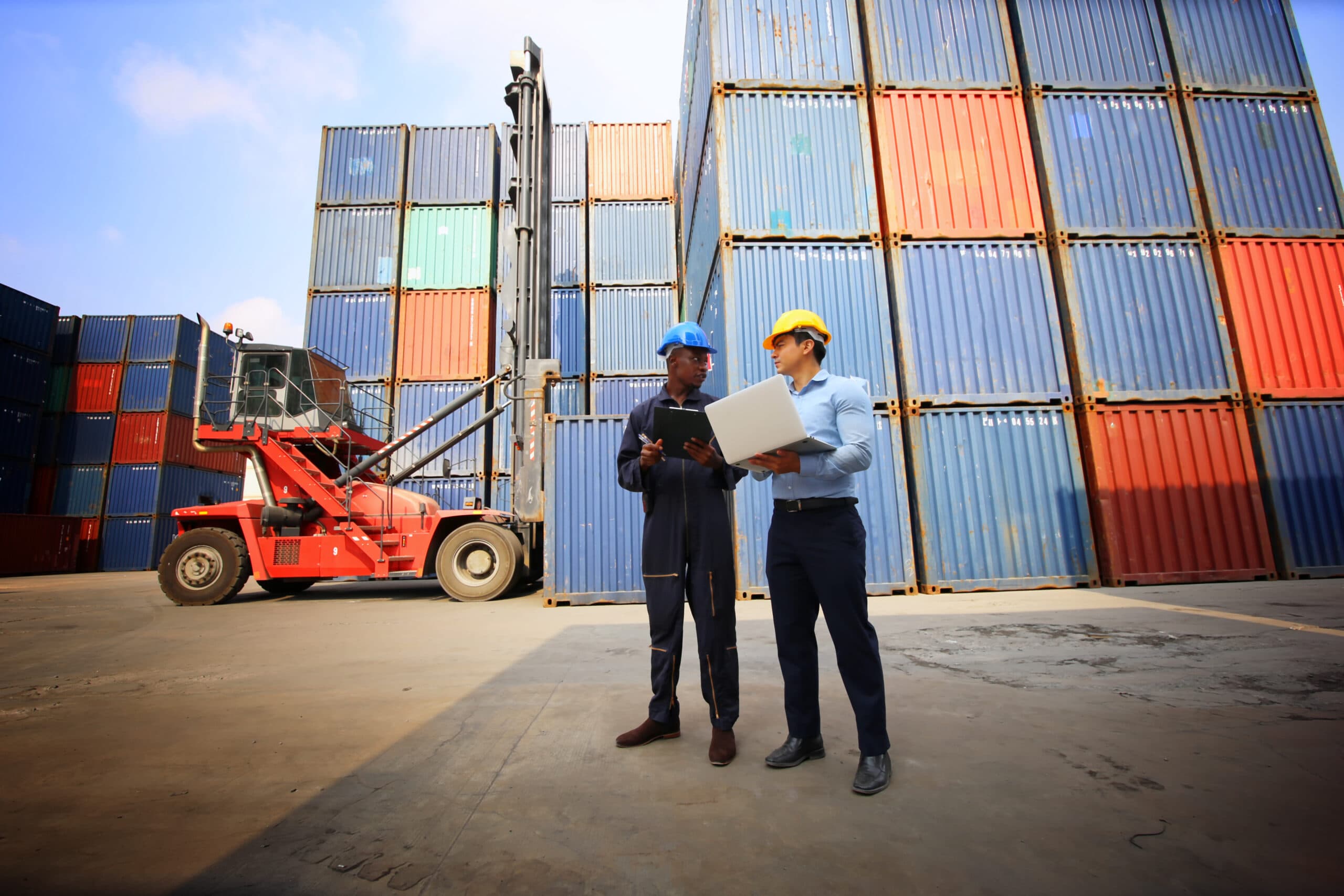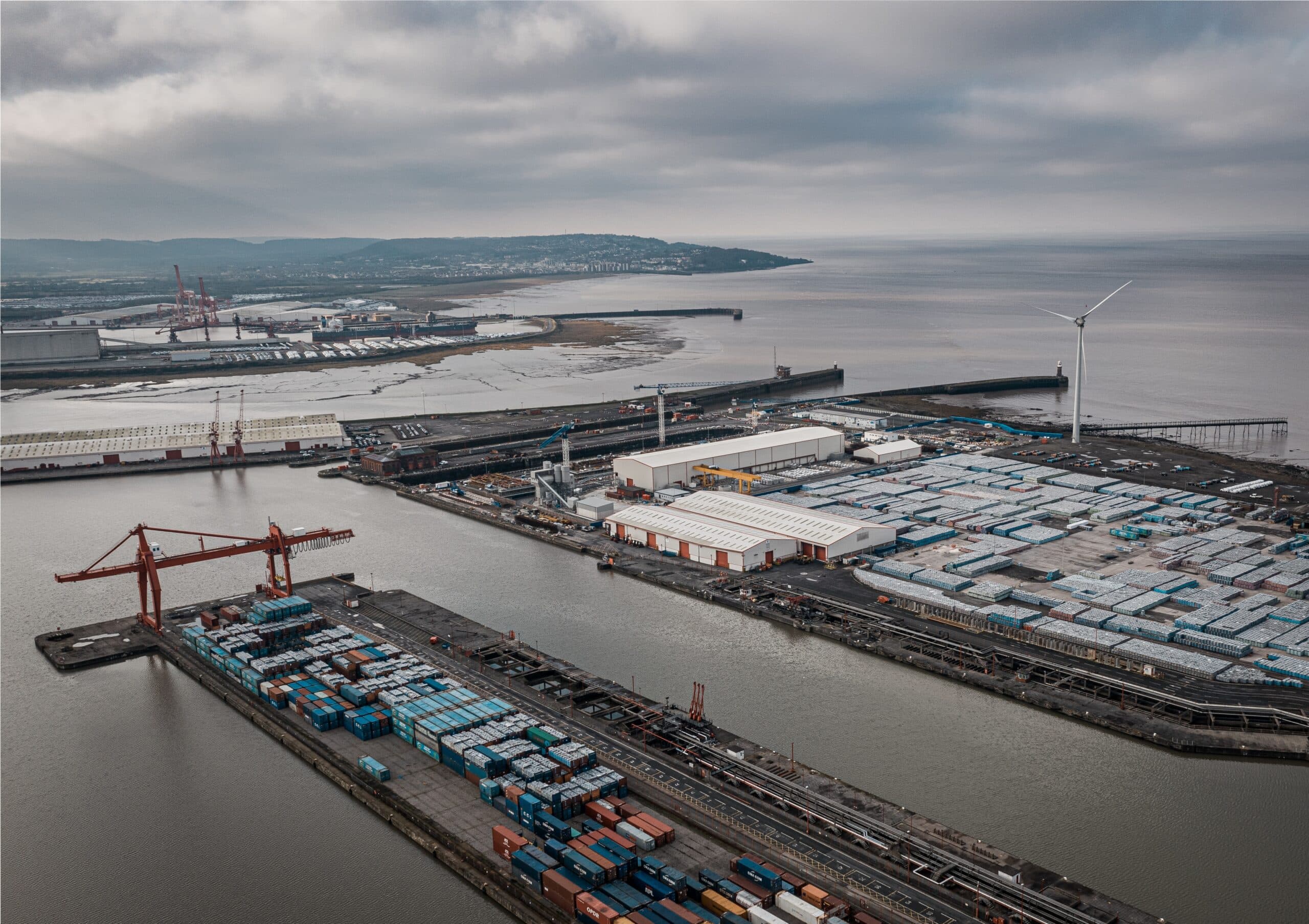Understanding Customs Documentation: Tips for Hassle-Free Shipping

When it comes to international trade, smooth logistics depend on one crucial element: customs clearance. Whether you are a small business exporting for the first time or an established importer handling high volumes, understanding customs documentation is vital for avoiding delays, penalties, or unexpected costs. This guide will walk you through the essentials of customs paperwork and offer practical tips for hassle-free shipping.
Why Customs Documentation Matters
Customs authorities around the world require paperwork to verify that goods entering or leaving a country comply with regulations, pay the correct duties, and meet safety standards. Missing or inaccurate information can cause delays at borders, lead to fines, or even result in goods being seized. Proper documentation helps ensure a seamless customs clearance process and keeps your supply chain on track.
Key Customs Documents You Need
To navigate international shipping successfully, you’ll need to understand and prepare the right paperwork. Below are the most common documents required for customs:
1. Commercial Invoice
A commercial invoice is a cornerstone of any shipment. It includes details about the buyer, seller, goods, value, and terms of sale. Customs officials use it to assess duties and taxes, so accuracy is critical.
2. Packing List
This document outlines how goods are packed, including weights, dimensions, and package numbers. It helps customs officers check the shipment without opening every box.
3. Bill of Lading or Air Waybill
Issued by carriers, these transport documents serve as a receipt for your goods and provide evidence of the shipping agreement. They also contain essential details like the destination port, shipment date, and consignee information.
4. Certificate of Origin
Some countries require proof of where your products were manufactured. A Certificate of Origin can also help you benefit from preferential duty rates under trade agreements.
5. Import/Export Licences
Certain goods, such as food, chemicals, or medical products, may need special licences or permits. Failing to secure them in advance can stall your shipment.
6. Customs Declarations
Most countries require you to submit a declaration form with details of the shipment, including tariff codes, value, and description of goods. These forms are the backbone of the customs clearance process.
Common Challenges with Customs Paperwork
Even experienced traders can encounter roadblocks when handling customs documentation. Here are some common issues:
- Incorrect Tariff Codes: Using the wrong HS (Harmonised System) codes can lead to overpaying duties or having goods classified incorrectly.
- Undervaluation or Overvaluation: Declaring an inaccurate value may result in penalties or additional checks.
- Missing Supporting Documents: Shipments can be delayed if licences, certificates, or permits are not attached.
- Incomplete Descriptions: Vague or inaccurate product descriptions often trigger inspections.
Taking time to prepare documents thoroughly can save days—or even weeks—of unnecessary delays.
Tips for Hassle-Free Shipping
To make international trade smoother, follow these expert tips:
1. Stay Organised
Maintain a checklist of required paperwork for each shipment. Keep digital and hard copies in case customs officials request additional information.
2. Research Destination Requirements
Every country has its own rules and regulations. Check the customs website of your target market or work with a reliable customs broker to stay updated.
3. Use Correct Tariff Codes
The right HS codes ensure accurate duty calculations and classification of goods. Double-check codes before submitting documents.
4. Ensure Accurate Valuation
Always declare the true value of your goods, including freight and insurance if applicable. Transparency reduces the risk of audits or disputes.
5. Label Goods Properly
Clear labelling of packages with consignee details, reference numbers, and product descriptions can speed up inspections.
6. Partner with Experts
Working with a specialist like Global Customs Clearance helps businesses manage paperwork and compliance efficiently. Professionals stay abreast of changing regulations and provide tailored solutions to simplify the customs clearance process.
How Technology Simplifies Documentation
Modern shipping software can automate much of the documentation process. Digital platforms allow you to generate invoices, packing lists, and shipping labels, while also tracking customs requirements in real time. Electronic data interchange (EDI) enables direct submission of forms to customs authorities, reducing errors and processing times.
The Role of Customs Brokers
Customs brokers act as intermediaries between importers/exporters and customs officials. They prepare and submit documentation, calculate duties, and ensure that shipments meet all legal requirements. Engaging a broker is particularly helpful for businesses handling large volumes, complex commodities, or shipping to multiple destinations.
Mastering customs documentation is essential for seamless international trade. By understanding the necessary paperwork, avoiding common mistakes, and seeking expert guidance, you can make shipping more efficient and cost-effective. Whether you’re exporting artisanal goods or importing industrial supplies, a solid grasp of customs paperwork will keep your supply chain running smoothly.
For stress-free shipping and professional support, Global Customs Clearance offers tailored solutions to help businesses of all sizes navigate the complexities of customs clearance. With the right knowledge and a trusted partner, your goods can cross borders quickly and without unnecessary headaches.






.png&w=256&q=75)
